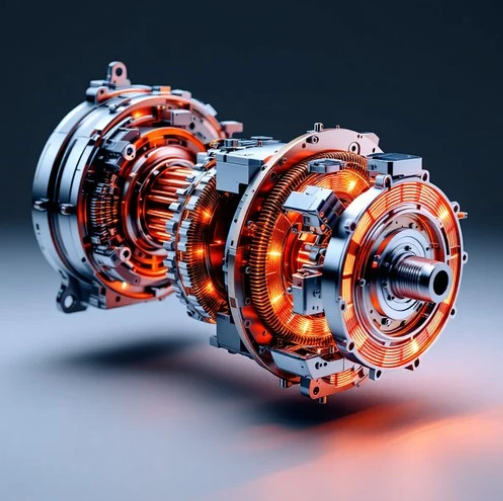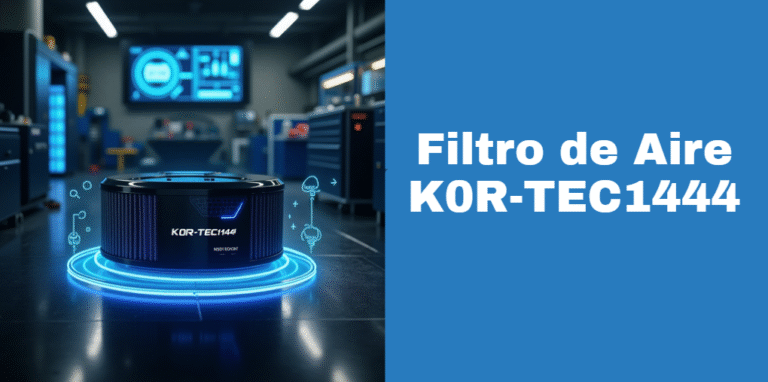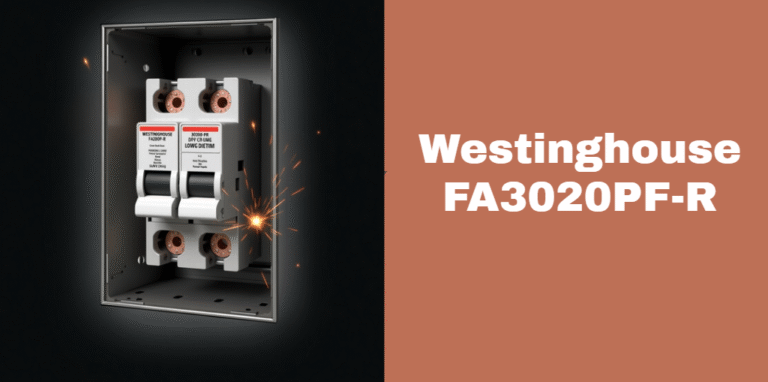The Hidden Power of Winding Technology: Precision, Innovation, and Industry Impact
Winding techniques are often the unsung heroes of various industries, playing a crucial role in everything from electronics to automotive applications. While many may not think about it, the winding factor significantly affects performance and efficiency across countless devices. As technology advances, so too do these essential methods for transforming raw materials into functional products.
Whether you’re an industry professional or simply curious about how things work behind the scenes, understanding advanced Winding Technology can open your eyes to a world of innovation and opportunity. Let’s dive into this fascinating realm where precision meets creativity!
The Role of Winding in Various Industries
Winding plays a crucial role in multiple industries, serving as the backbone for countless applications. It’s not just about turning wire around a core; it involves precision and technique that impacts efficiency. In the automotive sector, winding techniques are vital for electric motors and transformers.
Quality windings improve energy transfer, enhancing vehicle performance. The renewable energy industry also relies heavily on advanced winding methods. Wind turbine generators utilize optimized winding to maximize power output while minimizing material waste.
Consumer electronics benefit too. From smartphones to laptops, effective winding is essential for battery life and device functionality. Medical equipment manufacturers depend on precise winding processes for imaging devices and surgical tools.
Safety and reliability hinge on these advanced techniques. With each industry presenting unique challenges, the importance of tailored winding solutions cannot be overstated. The adaptability of winding technology ensures that diverse sectors continue to thrive with innovation at their core.
Advanced Winding Techniques and Their Benefits
Advanced winding techniques have revolutionized the manufacturing landscape. These methods enhance efficiency and precision, which is crucial in today’s competitive market.
- One significant benefit of these techniques is improved material utilization. Manufacturers can optimize their processes to reduce waste, leading to cost savings. Additionally, precise winding contributes to better product performance and longevity.
- Moreover, advanced technologies like computer numerical control (CNC) allow for intricate designs that were previously impossible. This capability opens new avenues for innovation across various industries.
- Automation also plays a vital role in modern winding practices. By integrating robotics, companies can achieve higher production rates with consistent quality while minimizing human error.
- These advancements foster adaptability in production lines too. Whether it’s customizing orders or scaling operations up or down, manufacturers can respond quickly to changing demands without compromising on quality or speed.
Industry-Specific Machine Applications of Winding
Winding techniques are tailored to fit the unique needs of various industries. In the automotive sector, winding is crucial for electric motors and transformers, where precision impacts performance. In aerospace, lightweight materials are essential.
Advanced winding methods create composite structures that enhance strength without adding unnecessary weight. This careful balance improves fuel efficiency and overall aircraft design. The renewable energy market relies heavily on wind turbines.
Specialized winding applications ensure optimal coil configuration within generators, boosting efficiency and durability under harsh environmental conditions. Medical devices benefit from precise winding processes too.
Coils in imaging equipment require meticulous attention to detail to achieve accurate diagnostics while maintaining patient safety. Each industry pushes the boundaries of technology further. By customizing winding approaches specific to their demands, manufacturers improve functionality across sectors like robotics and telecommunications as well.
These advancements showcase how integral effective winding techniques truly are in driving innovation forward.
The Evolution of Winding Technology
Winding technology has undergone a remarkable transformation over the decades. Initially dominated by manual processes, it relied heavily on human skill and intuition. Operators would carefully wind materials like wire or tape around cores, often leading to inconsistencies.
With the advent of automation in the late 20th century, machines began taking center stage. Automated winding equipment offered enhanced precision and speed, drastically improving production rates. These innovations allowed for more complex designs that were previously difficult to achieve.
Today, advanced software solutions integrate with winding machinery. This evolution includes real-time monitoring and data analytics capabilities. Such systems optimize performance by adjusting parameters instantly based on feedback from sensors.
Case Studies: Successful Implementation of Advanced Winding Techniques
One notable case study involves a leading manufacturer of electric motors. By adopting advanced winding techniques, they improved their production efficiency by 30%. This shift not only reduced material waste but also enhanced the performance of their motors, resulting in higher customer satisfaction.
Another example comes from the renewable energy sector. A company specializing in wind turbine manufacturing implemented precision winding technologies to optimize coil designs. Their advancements led to turbines that generate more electricity with less maintenance required, showcasing how innovation can transform traditional practices.
In the automotive industry, an electric vehicle producer integrated automated winding processes for battery packs. The result was a significant reduction in assembly time and increased consistency across products, further boosting their competitive edge in a rapidly evolving market. These examples illustrate how embracing modern winding techniques not only streamlines operations but also drives product excellence across various sectors.
Read more interesting topic: Tortellinatrice Machine Guide.
Future Possibilities and Innovations in Winding Technology
The future of winding technology is brimming with potential. Innovations in materials and automation pave the way for enhanced efficiency. New composite materials promise lighter, stronger coils that improve performance across various applications.
- Additionally, smart winding machines equipped with AI can optimize processes in real-time. These advancements allow for precise control over the winding factor, enhancing consistency and reducing waste.
- Biodegradable insulation materials are emerging as a sustainable option, aligning industry practices with environmental responsibility. This shift not only improves product life cycles but also caters to increasingly eco-conscious consumers.
- Furthermore, advancements in 3D printing could revolutionize custom coil designs. Tailored solutions may become more accessible than ever before, meeting specific requirements efficiently.
- As industries evolve, so will the methods we use to wind components, shaping a smarter and more sustainable future for all sectors involved.
Importance of Continuous Learning in the Field of Winding Technology
The field of winding technology is constantly evolving. New techniques and tools emerge regularly, making continuous learning essential for professionals. Staying updated on the latest advancements can significantly enhance skills.
This knowledge translates into improved efficiency and higher-quality output in projects. Moreover, understanding advanced winding techniques helps in adapting to industry demands. As markets shift, so do the requirements for winding processes across various sectors.
Networking with peers through workshops or online forums also fosters a culture of learning. Sharing experiences allows professionals to gain insights that may lead to innovative solutions. Investing time in professional development ultimately builds confidence. A well-informed workforce can tackle complex tasks with greater assurance and precision.
Conclusion
The world of winding technology is vast and ever-evolving. As industries continue to innovate, the techniques used in winding processes are also advancing rapidly. Understanding the importance of the winding factor and employing advanced winding techniques can significantly enhance productivity and efficiency.
With various applications across sectors like automotive, aerospace, and electronics, it’s clear that precise winding plays a critical role. The benefits of adopting sophisticated methods cannot be overstated they lead to improved performance metrics and reduced waste.
Recommended Articles
GlaadVoice com – Complete Review, Content Insights, Legitimacy & More
Search Box Optimization byRankStar: Improve User Experience & Boost Conversions
Learning the 9 Most Amazing Things 5-Year-Olds Accomplish in 2020 at STJCC






